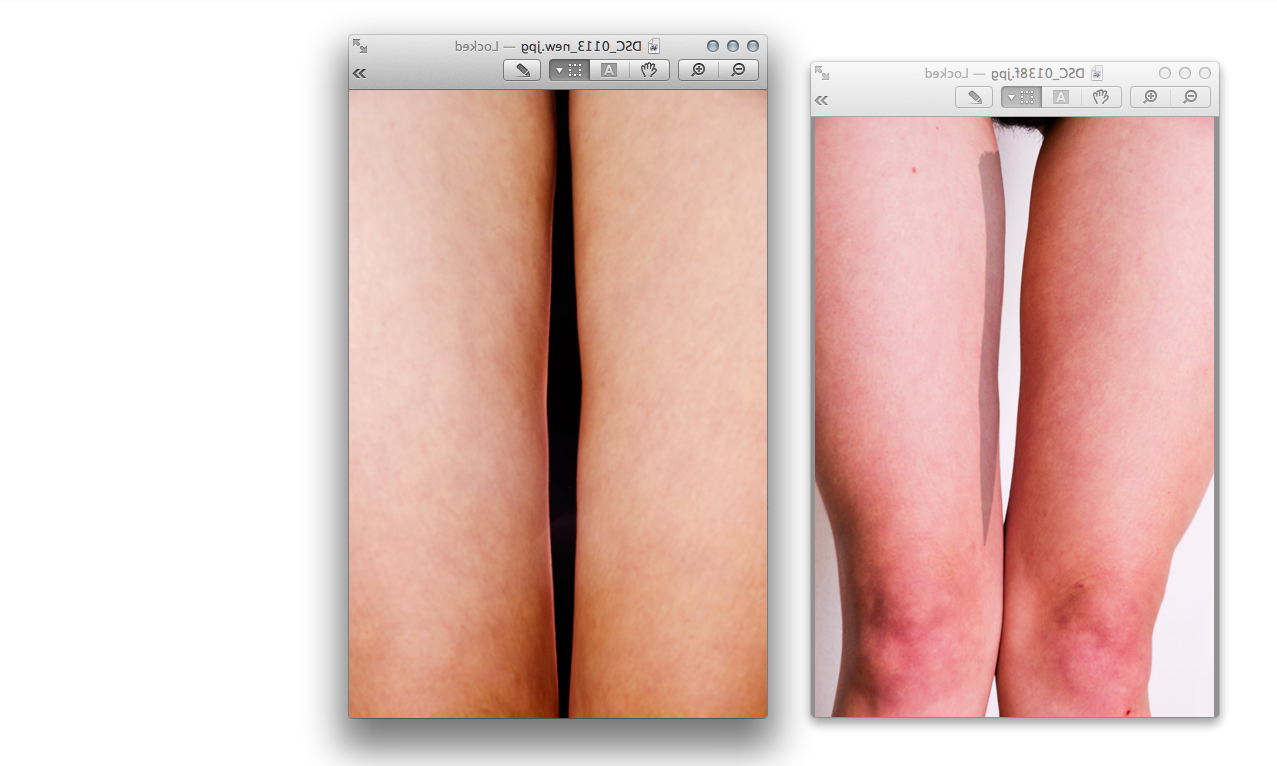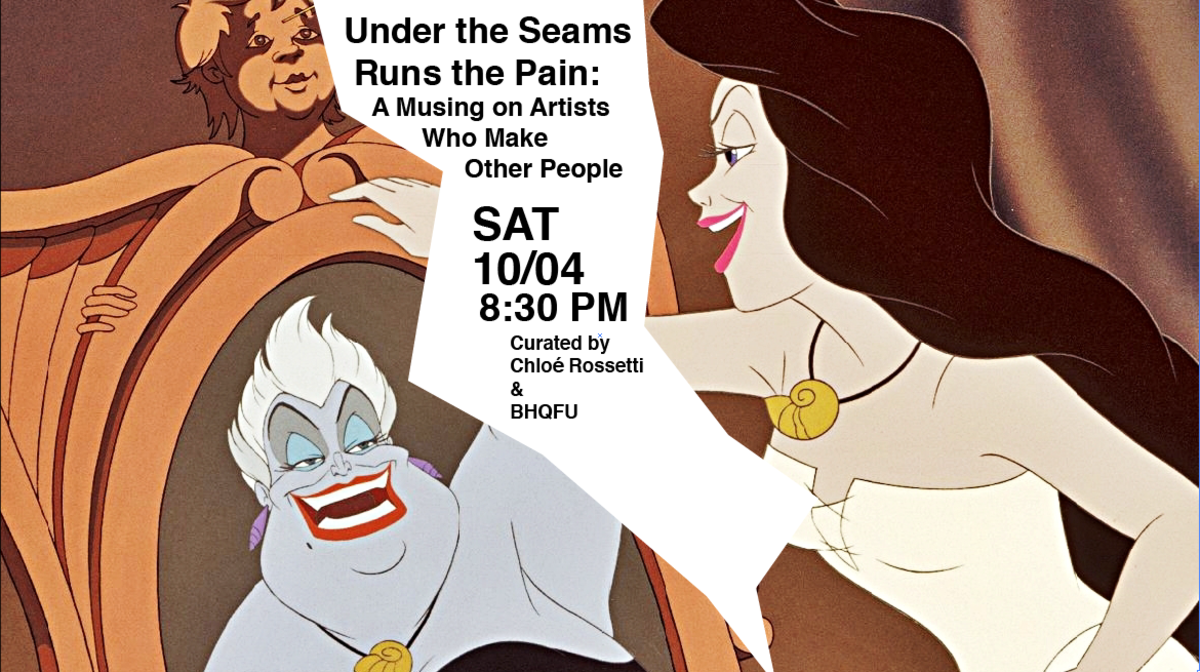2008, 2014, 2018, 2022 PaaS (Performance-as-a-Service); reclaimed images, audio intervention, video catalogue
PENELOPEDIARY, Video. 5:06. 2013
The net model is a paradigm of both online entrepreneurship and aesthetic labor markets. In a formal or traditional work environment, employee identity is aligned with corporate identity - for example, the flight attendant or the bank teller that remembers your name.
The net model is a free-floating personal identity, a body of multiple producers and a mass, dispersed consumer base: a corporation unto herself. As a net model, I perform a representation and then I represent that performance online. I rarely model a specific product or brand, instead, I'm hired to represent a specific lifestyle - the lifestyle that the images themselves go into supporting.
If the cry of the 1970's was "wages for housework," then can I go further to demand wages for gender performance? And if that is what is at stake here, does the effort we put into getting certain forms of aesthetic labor recognized as art compromise the struggle in getting them recognized at work?
This performance is no longer enacted through stock modeling but retroactively using performance monitoring evaluation techniques.
Routine monitoring accumulates documentation produced between ~2010-2014 to adjust to "benchmarks":
Under the Seams Runs the Pain: A Musing on Artists who Make Other People(2013)
'Body Anxiety' Online Exhibition (2014)
Emergency Index vol 3; (2014) Brucennial;
#NYNYHPHP Ed Fornieles/New Museum (2014);
'Pussybow', Christen Clifford (2015)
The Last Days of Discourse (Rainer Ganahl/Frieze 2018 (2018)
Commes des Marxist (Whitebox) Audio intervention for runway show. (2022)

"Good examples of the symptomatic are Victoria Campbell’s The Penelope Files, an auto-interview video with a reflexive sound monologue where she explores her thoughts on images of herself while browsing through her computer files. We hear her; we only see the screen. Exploring her relation to image, authorship, labour and the body, something about photography is revealed in the repetitive moving of files on her desktop’s finder window."
furtherfield ![]()
Inkjet on modeling contract
http://www.bodyanxiety.com HEIGHT 200

From 2008 until tumblr purged nipples from the feed, I worked as a content model or net model. While I was often mistaken for a cam girl, the work I performed was the production of my image as I would do for free on any content platform. I mostly worked for photographers building portfolios, for art schools, for some publications such as Vice, Vogue Italia and occasionally photographers such as Richard Kern, Camille Henrot, Ed Fornieles, Christen Clifford and various European auteurs.
What was being sold wasn't my time as a wage worker, but the right to distribute images taken in exchange for an hourly rate. The model set her rates by the hour according to constants set by the gig economy.
In actuality, what was being commodified was not my identity or even my capacity to leverage persona as labor power, but proof of age and proof of warranty that photographers would still be able to drive their kids to schools that performed background checks on educators but not parents, unless they were sex offenders.
Fine art models made more hourly than "pin-up" models for the same amount of labor, with less overhead on wardrobe. We also generated less online traffic than our high sexual frequency counterparts. Of the East Coast models, I was well sought out largely for my refusal to, for example, remove body hair or bring more than a t-shirt and jeans to a shoot, because time spent grooming for shoots tended to detract from hourly pay. Looking back, I imagine this meant that the photographers who took my picture were afforded more potential for authorship over a woman who didn't do most of the work herself.
Most of the images were indistinguishable from images rendered of me in art school classes at the International Center of Photography, the Art Students League (where I was also a teaching monitor whose job it was to manage models for painting and drawing classes) and other art institutions around the city. I first modeled for the Coppinni Academy of Fine Arts in 2017, three years after I entered the part-time workforce in early high school: I didn't care about what anybody said, I made twenty dollars an hour instead of $2.50. In New York City, working for photographers, I made anywhere from $85-$125/hr working for fine art hobbyists, around $60/hr posing for individual painters and roughly $17-20 posing for schools.This project reinterprets thousands of photos taken of me by amateur photographers from age seventeen into adulthood as a performance art inquiry into the relationship between labor and identity. This intention was documented in the 2014 edition of Emergency Index, a performance anthology, as a personification of the Financial Crisis and Tuition Strikes in the format of Penelopemachine.
The conceptual framework for this performance was developed in lieu of producing written scholarship for Etienne Balibar's graduate seminar on Reading Capital at Columbia University in Fall 2014. Initially designed by Althusser for his eponymous book on Marx, the course aimed to re-interpret Marx's Contribution to the Critique of Political Economy through the lens of post-1968 Italy and France.
The majority of photographs in this series were produced while not getting paid to read Marx while waiting for the day I'm asked to explain how these images came to be exploited twice. A post-industrial labor theory of value takes into account the axiomatic distinction between productive and unproductive labor as a point of stress in Marxism. If we are to use Marxism as an effective analytical tool, how does one take into account social formations that are structured by the internet? In what ways can the closure of the loop between presence and representation be understood as an economic actor?
By 2016, the implied nudity that enabled me and many others to interrogate the conditions of our representation through the progressive media amplified by the Obama administration and reified as a method of subsistence fell casualty to mass sanctions on online sex work. So did American Apparel and other platforms for the commodification of just-do-it-yourself Millennial sexuality.Not only did images I'd posted on Tumblr for circulation in the narrow context of arthouse publishing end up on adult proxy sites, but there is no international "amateur" modeling industry after around 2016. Within a couple of years, the models I'd backpacked Europe with on very little but the skin off our backs to the next shoot, were either married or in a romantic partnership with a photographer that rendered their financial dependency closer to home. Else: luxury escorts whose entire online identities eluded content filters. This, due to monetized prostitution being so impossible to reference on twitter that one's identity became it. Suddenly it was as if there was nothing outside the presentation of sexuality: not a man, not a job.
In early 20th century political theory the factory was both a site of struggle and a political relationship between worker and capitalist. While definitions of "the factory" have since expanded to include the domestic sphere, there's been little work done to construct a framework for the analysis of the antagonism between the exploited and the ambiguous subjectivity of "the" exploiter.
Penelopemachine was enacted through multiple sites of work that found a point of stress in the conditions of representation that determined my relationship to my body in the construction of my self-identification. These contradictions were troubled further by the context of being a young woman of whom a certain caliber of professional practice was expected.
Showing up to a photoshoot I booked online without shaving my armpits tended to produce a professional on the other side of the camera. I shot with many excellent artists, although ironically Camille Henrot, one of four women I shot for over that many years, was the only person who apologized for asking me to remove it. And I did it for her, at which point what was being modeled was a tangled hierarchy of cathedral and bazaar in the basement of the contemporary art institution
Penelopemachine